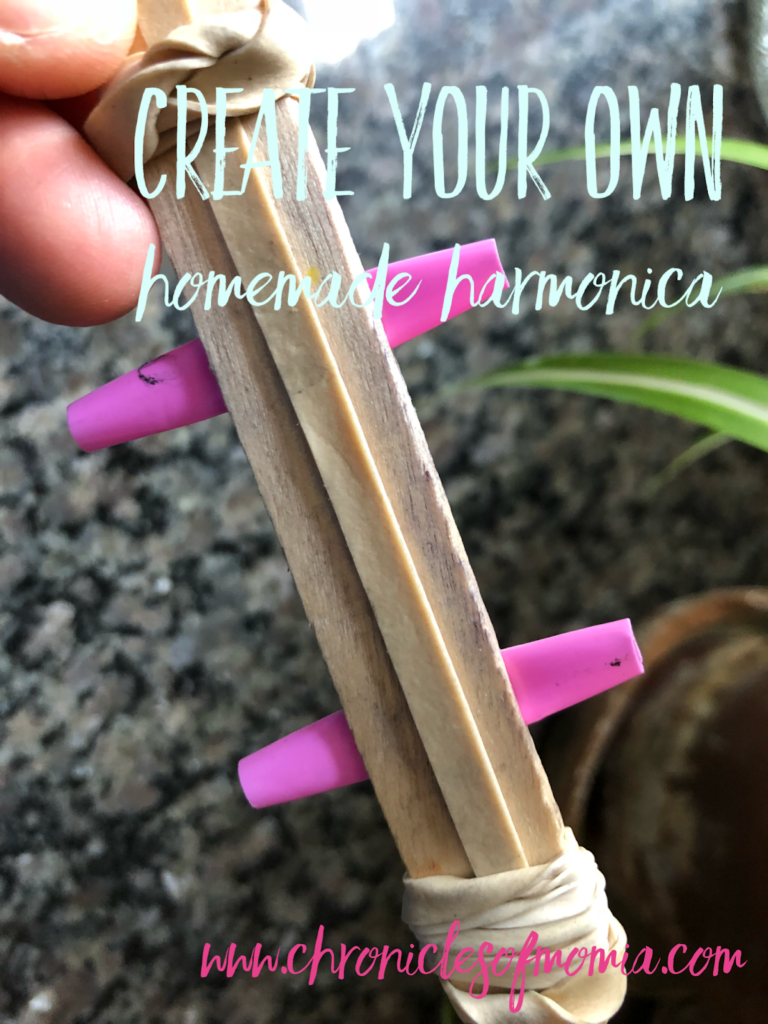Welcome! The following is the 12th in a series of 24 lesson plans, Learning the ABC’s through Literature, the 1st year. It was written especially for classroom use within a homeschool co-op, and was designed to teach the alphabet, over the course of a school year, using classic childrens literature. The books are primarily taken from the Five in a Row Curriculum by Jane Lambert, with several others added as well. The plans were designed to give just a little bit more, so it could be more usable within a classroom setting. Teachers questions, printables, craft ideas, classroom handouts, etc are included within all the lessons. This is geared towards a K-1st grade class. If you are interested in something similar for older children, the Learning through Literature series is a more developed concept of this same idea, geared towards 1st-3rd, and also uses mostly Five in a Row books. You can find it here, Learning through Literature, the 2nd year.
L: Lentil
What I Need:
- Lentil
- Merriam Websters Alphabet Book
- L Handwriting Sheet (printable version here)
- US Map
- Lemons
- Charcoal/Paper/Blending Stumps
- Wide Craft Sticks
- Straws
- Rubber Bands
Review
Introduce the Book
Our Story takes place in Ohio
Take a moment to find Ohio on the map. Depending on the state (or country) that you live in, discuss the cardinal directions (north/east/south/west) you would
travel to get there (what about to get to other states? This is a great review and reinforcement from last week’s lesson
Other questions … what Continent is Ohio on?
What Country is it in?
Lentil has a problem with his lips. It doesn’t say what his problem is, but for
whatever reason, he can’t pucker his lips, can’t whistle, can’t sing.
you are looking at the pictures, if you see something that looks like it’s from
that way back then … raise your hand. Lots of differences in the way people lived back then. Who can think of a few things that may have been very different? (more small towns
and closer knit communities. Didn’t have distractions like TV and Internet.
Lots of time spent outside. Lots of time spent together.)
Read the Story
Things to point out:
- differences in a 1940’s small town from today
- puckering (have some lemon slices on hand to pass out and demonstrate)
- Lentil’s disadvantage ended up saving
the day.- God has made us exactly as he wants us for His purpose. Maybe we wish
we could be like this other person or do this other thing … but maybe God made
us just the way we are for a very specific purpose.
- God has made us exactly as he wants us for His purpose. Maybe we wish
Handwriting Sheet
Craft – Homemade Harmonicas!
I really wanted to send our kiddos how with their own harmonica, or at least have their own harmonica blowing experience after reading Lentil. They I checked harmonica prices and even cheap harmonica prices and thought … enh, there must be some homemade verion on the internet. And of course, there was. This is a simple, simple craft that our kiddos LOVED. They were playing their homemade harmonicas for the rest of co-op. They have a fun sound, almost like a kazoo, but are quiet enough to not be *too* annoying to parents.
What you will need: (for each harmonica)
- two craft sticks (popsicle sticks work too, but not quite as well
- one wide rubber band (to go around 1 of the craft sticks)
- two small pieces of straw
- two small rubber bands to hold the sticks together (though wide work as well – that’s what I used, and it doesn’t make a difference, just doesn’t look quite as pretty)
- crayons or stickers if you want to decorate (optional)
This is a front and back picture of our well-loved homemade harmonica, leftover from class.
You can see specific how-to instructions here:
Also … when you are assembling your harmonica. After you place one rubber band around the craft stick, add one straw piece under the rubber band and the 2nd on top of the rubber band. Then, add the second craft stick and attach with the rubber bands.
Craft – Introduction to Charcoal









